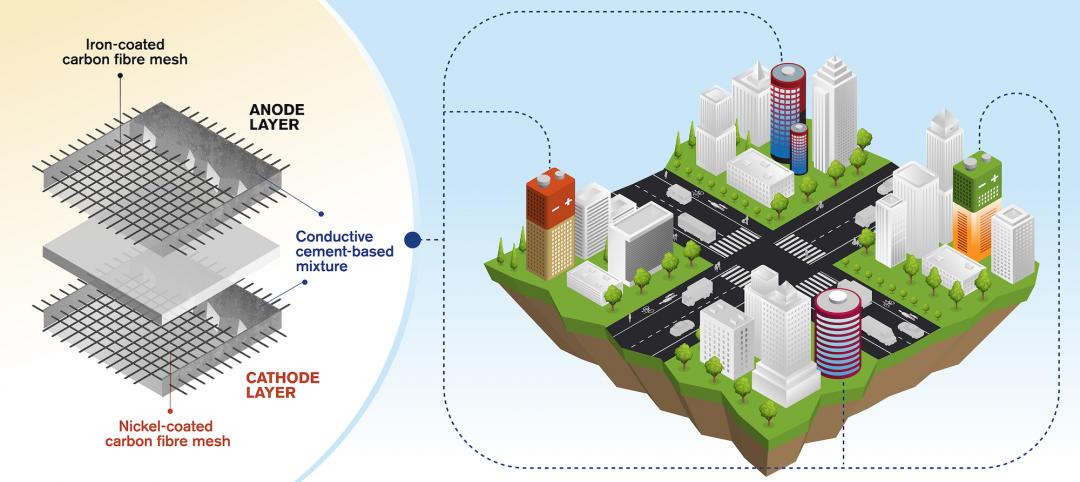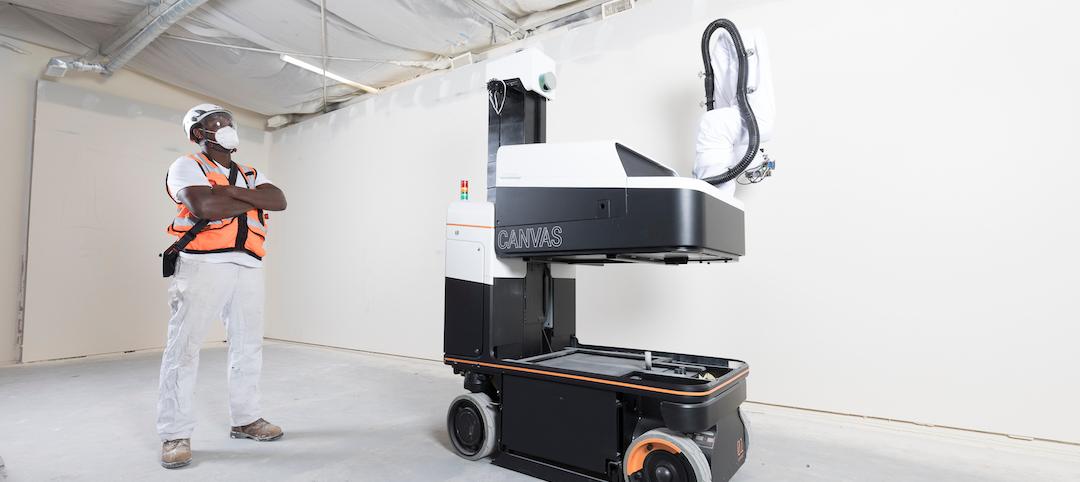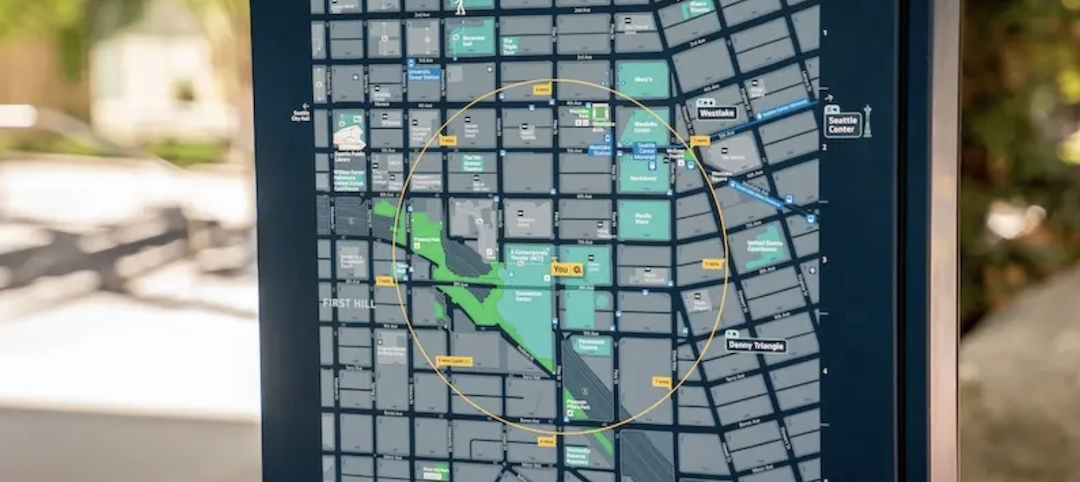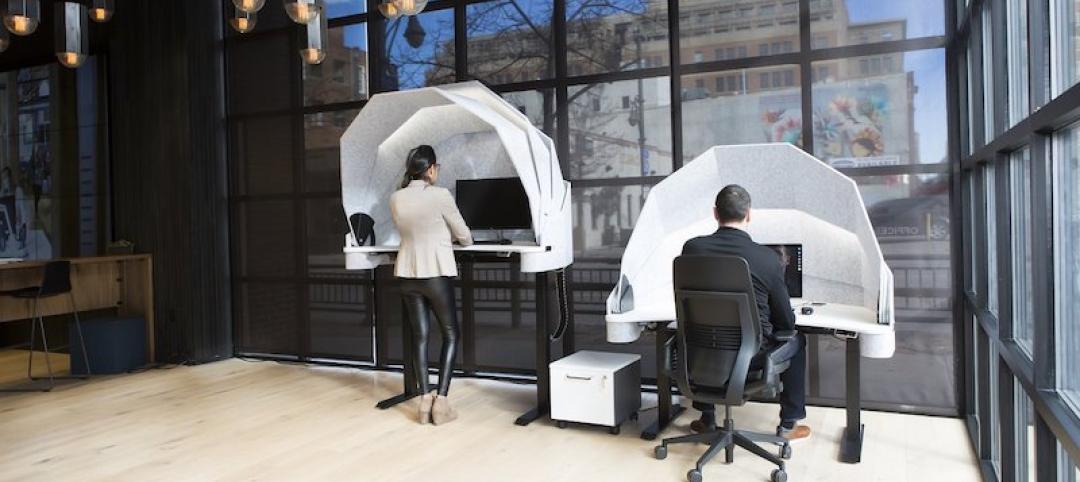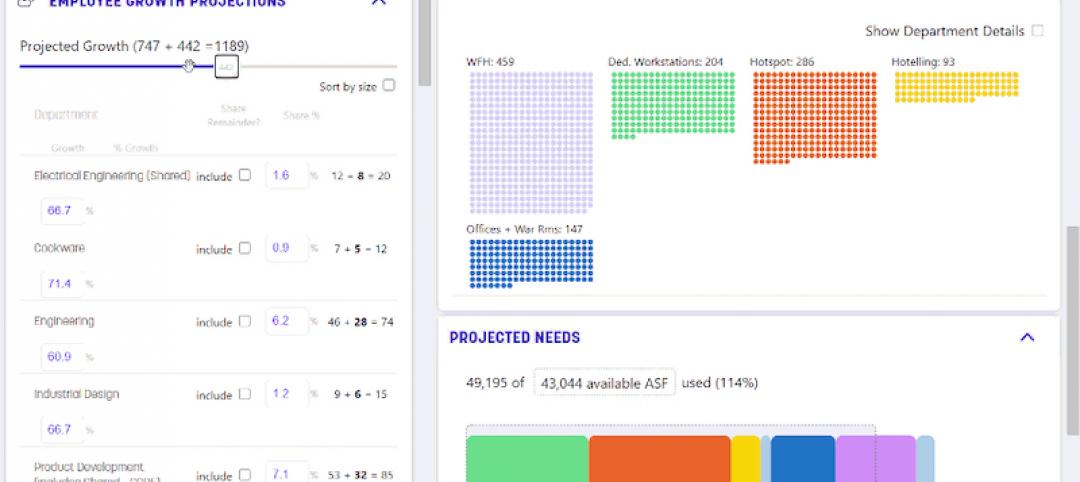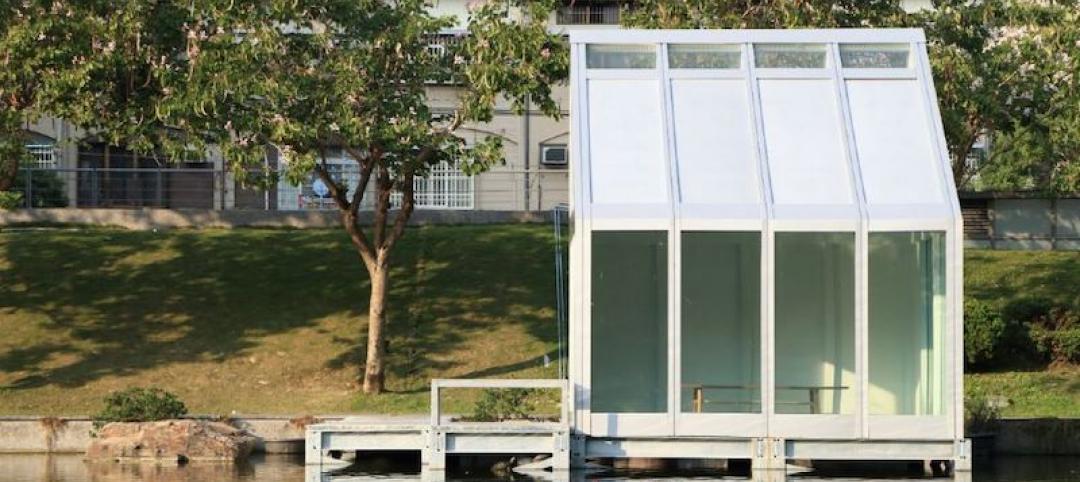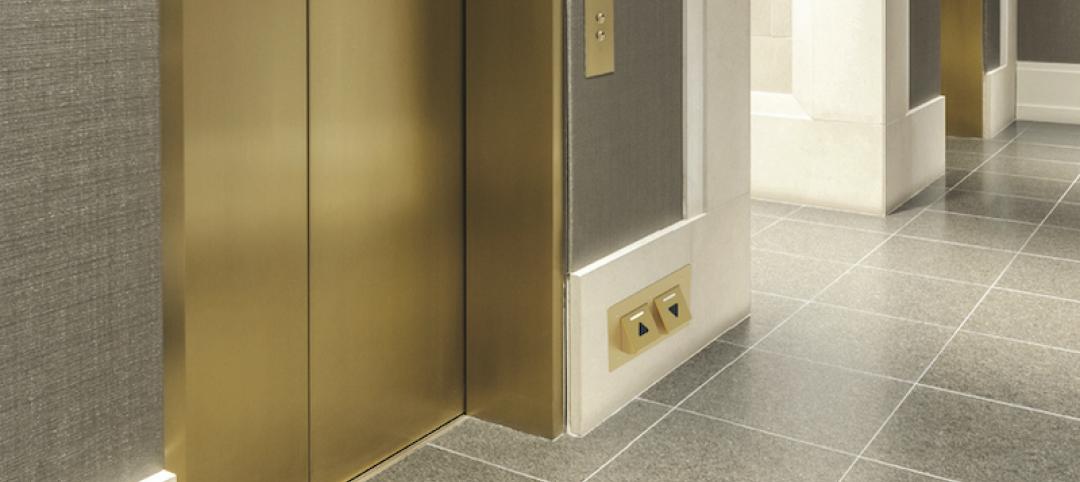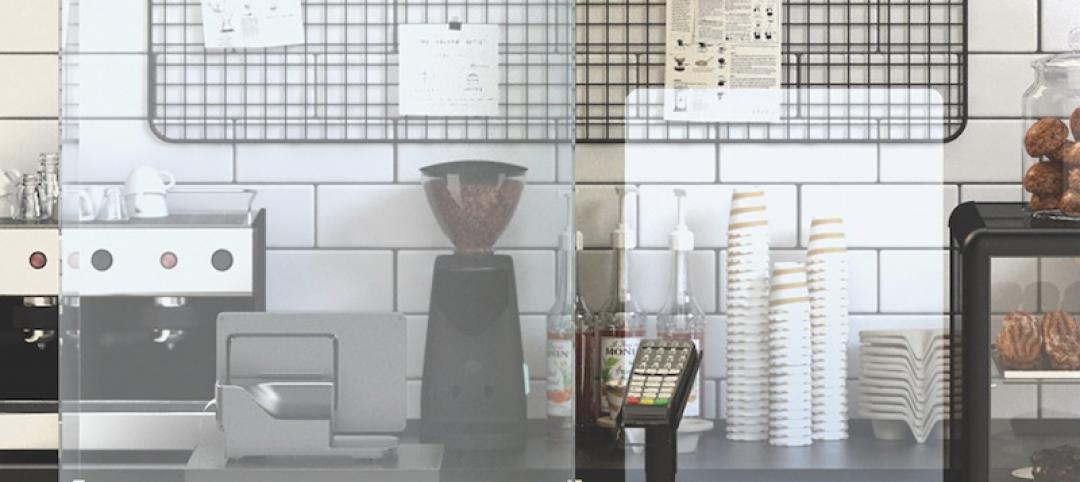Forget autonomous cars. How about self-guided robots in hospitals? It’s reality, at least for one healthcare institution: Humber River Hospital in northwest Toronto.
The new 1.8 million-sf hospital, which opened in October 2015, is loaded with high-tech gadgets—smart bed technology, robotics for surgical procedures, automated laboratory processing, bedside computer screens—to enhance patient care delivery and improve efficiency, accuracy, reliability, and safety.
Its coolest innovation is the use of automated guided vehicles (AGV) to distribute a host of items throughout the 13-story facility, including medical equipment, linens, and food. The hospital’s 10 AGVs move at the speed of an average person walking, and are programmed to call elevators, open doors, pick up loaded carts, and determine the best timing of each delivery based on their location, the priority level of the call, and the time of day. The robots use 238 custom-built carts to carry food and supplies throughout the hospital.
What happens when patients or staff members come into contact with an AGV? Just like in the movies, they are programmed to assimilate. The vehicles stop for people crossing in front of them. If a path is blocked, they will politely ask people to move (yes, they can speak) or send an alert to logistics to have someone clear the path. Digital signage notifies staff when an AGV is approaching in an adjacent hallway.
On the Building Team: Plenary Health and HCP Social Infrastructure (developers), HDR (architect, healthcare consultant), Johnson Controls (facilities management), and PCL (GC).
Related Stories
AEC Tech Innovation | Mar 9, 2022
Meet Emerge: WSP USA's new AEC tech incubator
Pooja Jain, WSP’s VP-Strategic Innovation, discusses the pilot programs her firm’s new incubator, Emerge, has initiated with four tech startup companies. Jain speaks with BD+C's John Caulfield about the four AEC tech firms to join Cohort 1 of the firm’s incubator.
Great Solutions | Jan 18, 2022
Researchers develop concept for rechargeable cement-based batteries
Researchers from the Department of Architecture and Civil Engineering at Chalmers University of Technology in Gothenburg, Sweden, have created a concept for rechargeable batteries made of cement. The concept involves a cement-based mixture with small amounts of short carbon fibers added to increase conductivity and flexural toughness.
Great Solutions | Nov 22, 2021
Drywall robots take the risk out of the finishing process
Canvas is using robots to complement the work already being done by drywall professionals.
Great Solutions | Sep 23, 2021
Seattle looks to become America’s most walkable city with a new citywide wayfinding system
Seamless Seattle will support the Seattle Department of Transportation’s commitment to increase the percentage of trips made by walking to 35% by 2035.
Great Solutions | Jul 9, 2021
MojoDesk creates a new solution for managing open office distractions
The MojoDome allows for a private work space while also maintaining a collaborative environment.
Great Solutions | Mar 18, 2021
Follow the leader: New following technology better equips robots for the jobsite
New proof-of-concept from Piaggio Fast Forward and Trimble enables robots and machines to follow humans.
Great Solutions | Feb 11, 2021
Simplifying the return to the office
A new web-based tool from Sasaki takes the guesswork out of heading back to the workplace.
Great Solutions | Oct 6, 2020
Could water-filled windows help buildings save energy?
New research shows how water-filled glass could help heat and cool buildings.
Great Solutions | Aug 10, 2020
From lobby to penthouse, elevators can be a 100% touch-free experience
The Toe-To-Go elevator system allows riders to operate the elevator entirely with their feet.
Great Solutions | Jul 13, 2020
Essential protection for businesses
Custom protective barriers help keep essential business employees safe.




